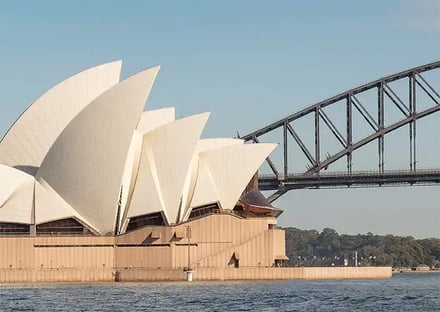Carbon pricing mechanism
In 2011, building on the data collected through the NGER scheme, the then Labor Federal Government introduced a carbon pricing mechanism (CPM), which commenced in July 2012. However, in 2013 a Liberal/National Coalition Federal Government was elected, and by July 2014 the CPM was repealed.
The CPM established an emissions trading scheme that imposed liability on large emitters, defined as those with facilities where covered emissions of GHGs exceeded a threshold of 25 kt CO2-e in any financial year.
The entity with operational control of the facility was required to report its emissions under the NGER scheme, and surrender permits equal to the amount of reported emissions or pay a shortfall charge.
The CPM had broad coverage, capturing GHG emissions and removals from stationary energy, industrial processes and non-legacy waste, as well as fugitive emissions (other than from decommissioned coal mines). With bipartisan support, emissions from agriculture were dealt with separately under the Carbon Farming Initiative (CFI). The CFI has since been substantially expanded, as discussed below.
The CPM commenced at a fixed price with the intention of increasing annually before converting to a cap-and-trade system in 2015. However, as noted above, it was repealed before the flexible price period started.
The policy of the Australian Labor Party, currently in opposition, is to transform the Safeguard Mechanism (see below) into a baseline and credit scheme if it is elected at the next federal election.

